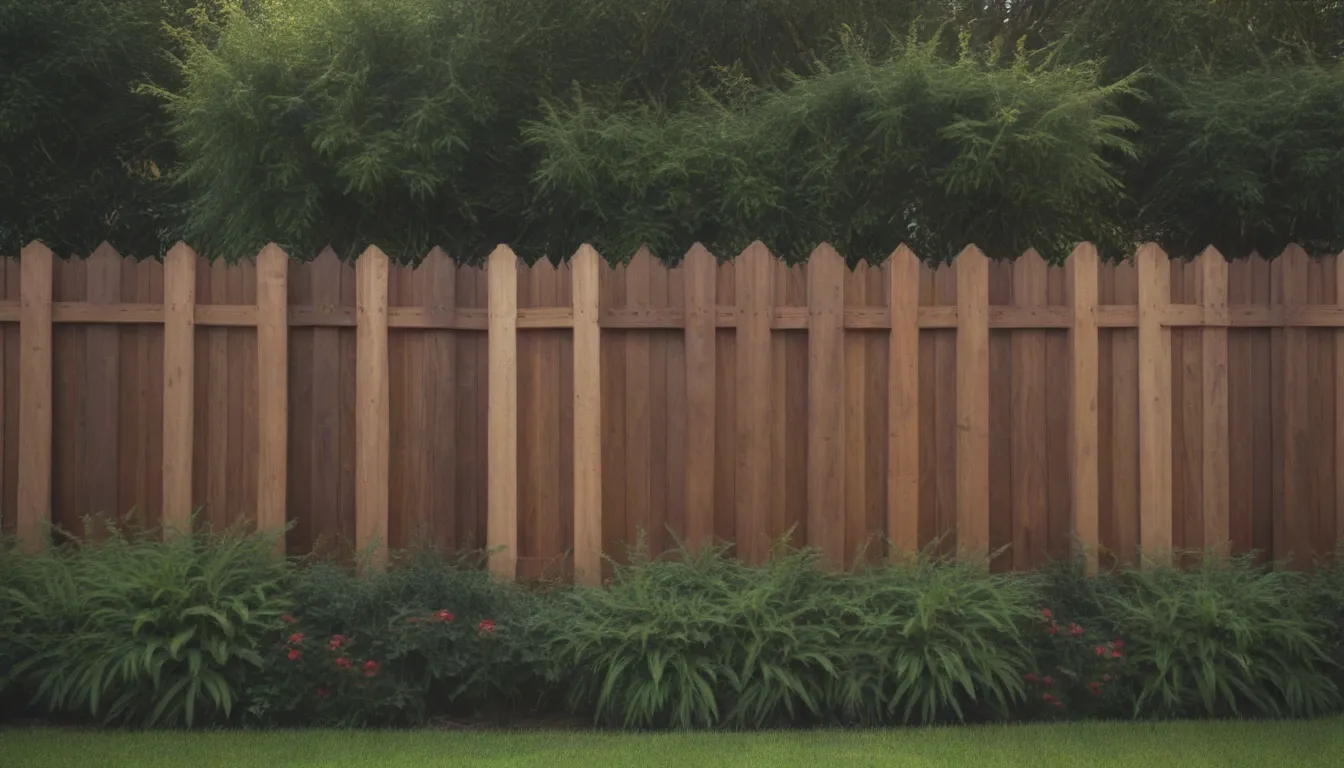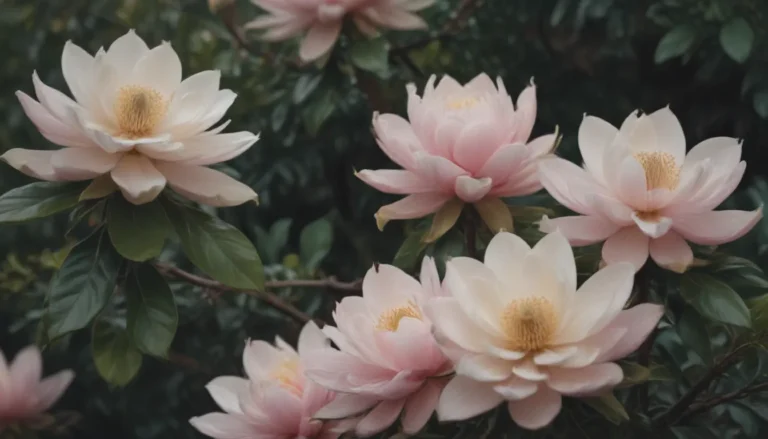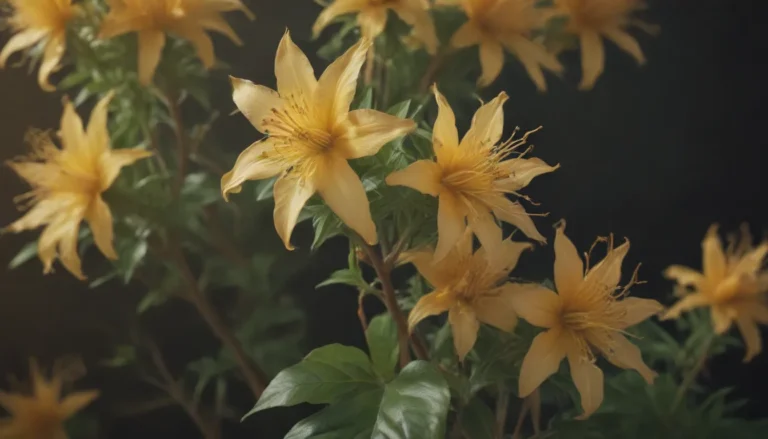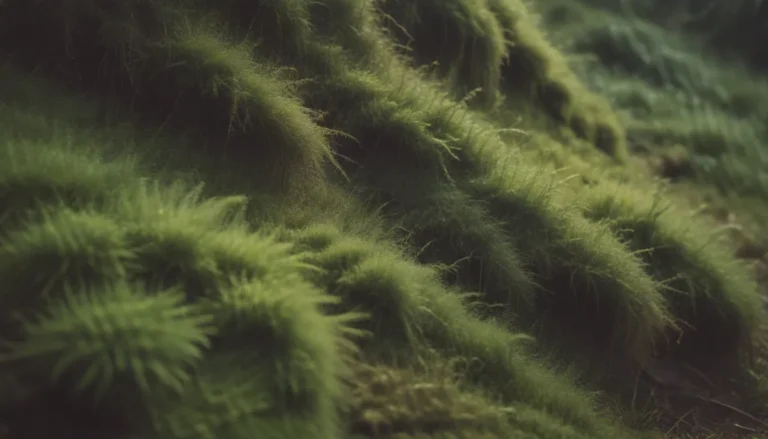How to Create a Beautiful Living Privacy Fence for Your Outdoor Space

Privacy in your yard is essential for creating a peaceful oasis away from the hustle and bustle of the outside world. Whether you live in a busy urban area or a sprawling suburban neighborhood, having a living privacy fence can transform your outdoor space into a secluded paradise. In this article, we will explore what a living privacy fence is, the pros and cons of using one, design factors to consider, and a variety of plant options to help you create the perfect living privacy fence for your home.
What Is a Living Privacy Fence?
A living privacy fence is a barrier made of lush, living plants instead of traditional fencing materials. These fences can be created using a variety of plants, such as trees, shrubs, and vines, to form a natural border that provides privacy and beauty to your outdoor space. Unlike traditional fences, living privacy fences offer a more organic and customizable option for homeowners and renters looking to enhance their landscaping.
Some popular options for creating living privacy fences include arranging tall plants, adding trailing plants to lattice, or covering an existing fence with climbing greenery. Softscape options, which consist entirely of plants, are commonly chosen for living privacy fences. These can include bamboo hedges, tall shrubs, or even evergreen trees that maintain their appearance year-round.
When planning a living privacy fence, it’s important to consider the height, width, and type of plants you will use. Additionally, the care requirements of the plants, such as sun exposure and watering needs, should be taken into account to ensure they thrive in your outdoor space.
Pros and Cons of Living Privacy Fences
Pros:
- Cost-effective alternative to traditional fencing
- Attractive and customizable with seasonal variations
- Zoning restrictions may be less strict for living screens
- Provide a natural and organic appearance
Cons:
- Slower to establish compared to hardscape options
- Higher maintenance requirements for plant care
- Limited control over security and durability
While living privacy fences may take longer to establish than hardscape options, they offer a more affordable and visually appealing alternative for creating privacy in your yard. With a wide range of plant choices and customization options, living privacy fences can add beauty and tranquility to your outdoor space.
Design Factors to Consider
Before choosing plants for your living privacy fence, consider the following design factors:
- Height, width, and type of plants needed
- Sun exposure and care requirements
- Hardscape, softscape, or combination fence options
By carefully planning your living privacy fence design, you can create a beautiful and functional barrier that enhances your outdoor space while providing the privacy you desire.
Hardscape and Combination Fences
For added security and structure, consider combining hardscape elements with your living privacy fence. Hardscape fences, such as chain-link or masonry walls, can be landscaped with vines or climbing plants to create a more visually appealing barrier. Combining hardscape and softscape elements can provide the best of both worlds in terms of aesthetics and functionality.
Softscape Fences
Shrubs are a popular choice for creating living privacy fences, offering a range of options for landscaping. Whether you prefer shaped hedges or a low-maintenance loose border, there are many shrub varieties to choose from. Consider the form, color, and growth habits of the shrubs to find the perfect plants for your living privacy fence.
Living Privacy Fence Plant Ideas
Now that you have a better understanding of what a living privacy fence is and how to design one, let’s explore some plant options to consider for your outdoor space:
Yews
Yews are a versatile option for a natural privacy fence, offering dense growth and customizability in terms of shape and size. This evergreen hedge provides a lush and private barrier for your outdoor space.
Bamboo
Bamboo is a fast-growing plant that can provide quick privacy for your yard. With its leafy green look and rapid growth, bamboo is a popular choice for living fences.
Privet Hedges
Privet hedges are another excellent option for creating dense and private living fences. Choose evergreen varieties to maintain privacy year-round with minimal maintenance.
Azaleas
Azaleas and other rhododendrons offer beautiful blooms and can be pruned to any height or width. With a variety of colors to choose from, these flowering shrubs add visual interest to your living privacy fence.
Blue Princess Holly
Blue Princess holly is an evergreen shrub with red berries and white flowers. This species can reach impressive heights, making it a great option for a tall and striking living privacy fence.
Blackhaw Viburnum
Blackhaw viburnum is a deciduous shrub with white flowers in spring and attractive fruits in fall. With its vibrant foliage and year-round interest, this shrub is a fantastic choice for a living privacy fence.
Rose of Sharon
Rose of Sharon is a medium-sized flowering shrub that can reach impressive heights. With a range of bloom colors, this shrub creates a colorful and vibrant privacy screen for your outdoor space.
Compact American Cranberry Bush Viburnum
Compact American cranberry bush viburnum is a low-maintenance shrub with dense growth and attractive blossoms. This species is ideal for creating a loose border style of living privacy fence with minimal pruning required.
Lilac
Lilac bushes offer fragrant blooms and beautiful purple flowers. With their tall growth and striking appearance, lilacs are a lovely option for a scented living privacy fence.
Canadian Hemlock Trees
Canadian hemlock trees can be maintained at the height you desire and form a dense and attractive hedge. With feathery foliage and versatile cultivars, Canadian hemlocks are a great choice for a living privacy fence.
Eastern White Pine Trees
Eastern white pine trees can be shaped into well-behaved evergreen shrubs for a tall and striking living privacy fence. With their impressive height and lush foliage, white pines are a top choice for creating privacy in your yard.
Juniper
Juniper bushes offer dense growth and versatility for living privacy fences. With their cold climate tolerance and full sun requirements, junipers provide a natural and attractive barrier for your outdoor space.
Blueberry Bush
Blueberry bushes not only offer privacy but also edible fruit for your enjoyment. With their lush foliage and tasty berries, blueberry bushes are a practical and beautiful option for a living privacy fence.
Emerald Arborvitae
Emerald arborvitae is a small tree or tall shrub that forms a dense living wall for your outdoor space. With its evergreen foliage and low maintenance requirements, Emerald arborvitae is a great choice for a stylish and functional privacy screen.
North Pole Arborvitae
North Pole arborvitae is a shorter variant with a compact nature, making it ideal for smaller spaces. With its deep green foliage and privacy-enhancing qualities, North Pole arborvitae is a versatile option for your living privacy fence.
Little Red Holly
Little Red holly is a dense and compact evergreen shrub that produces attractive red berries. With its easy pruning and formal hedge appearance, Little Red holly is a charming choice for a living privacy fence.
Climbing Roses
Climbing roses add a touch of elegance to your living privacy fence with their dense growth and colorful blooms. With full sun exposure and proper care, climbing roses can create a stunning and fragrant barrier for your outdoor space.
English Ivy
English ivy is a perennial vine that can cover unsightly fences or walls with its lush green foliage. This versatile plant is ideal for adding texture and beauty to your living privacy fence, no matter the height or structure.
Creeping Fig
Creeping fig is another excellent choice for covering fences or walls with its cascading foliage. With its rapid growth and attractive appearance, creeping fig can transform a plain privacy fence into a lush and vibrant display.
Conclusion
Creating a living privacy fence for your outdoor space allows you to enjoy peace, tranquility, and privacy in your yard. Whether you prefer evergreen shrubs, flowering bushes, or climbing vines, there are many plant options available to help you design the perfect living privacy fence for your home.
By considering the height, width, and care requirements of your plants, as well as the design factors and pros and cons of different fence options, you can create a beautiful and functional living privacy fence that enhances your outdoor space. With the variety of plant choices and customization options available, you can transform your yard into a secluded oasis that provides privacy and beauty for years to come.





